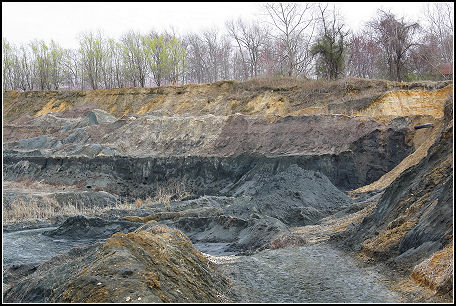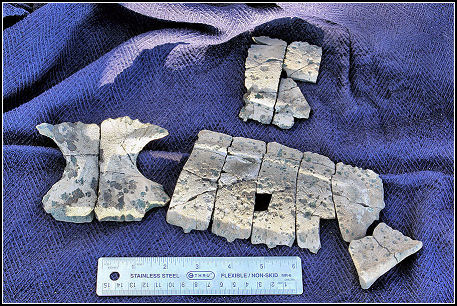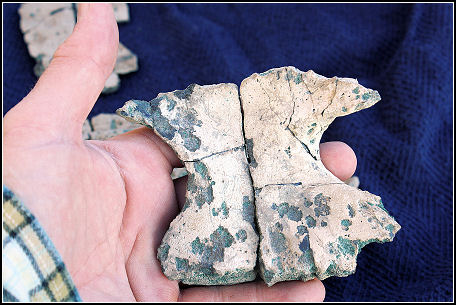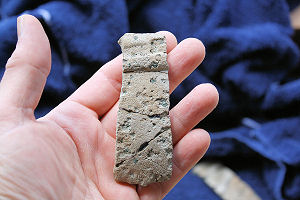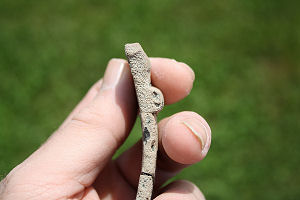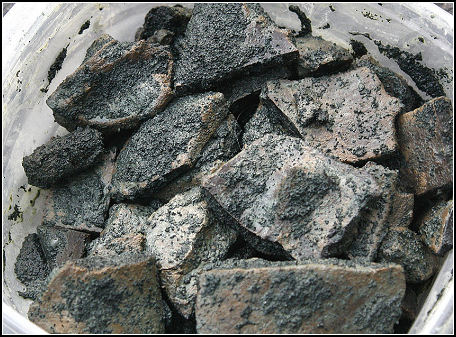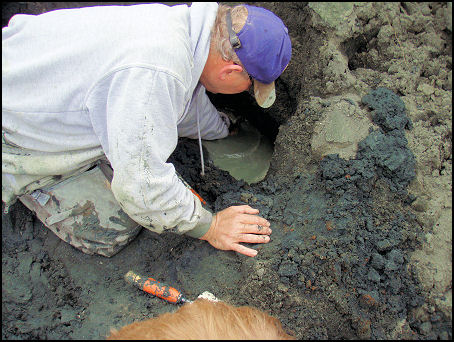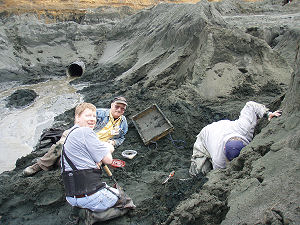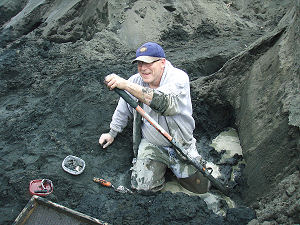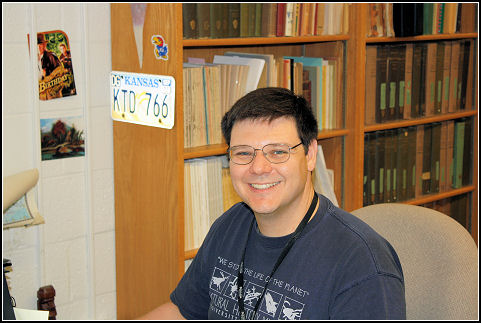|
Cretaceous Turtle from Inversand |
||||
|
April 9, 2011 The following background information on Inversand is from an unpublished document from the New Jersey State Museum; "The greensand “marl” mines of central New Jersey have been economically important for well over 150 years, but their significance to the geological and paleontological sciences over the same period cannot be underestimated. In terms of quality, quantity, and continuous productivity of vertebrate fossil remains of both known and new species these sediments have few, if any, equals. Fossils are common throughout most of the sediments exposed at the Inversand Mine. However, the greatest accumulation of vertebrate remains is concentrated in a thin (~20 cm) layer at the contact between the latest Cretaceous Navesink Formation and the overlying earliest Paleocene Hornerstown Formation. This bone bed is commonly referred to as the “Main Fossiliferous Layer”, or the MFL, and is renowned for both the abundance and quality of preservation of the remains it contains" The turtle was found in the MFL and was identified in the field as Agomphus tardus by Dave Parris, curator of the New Jersey State Museum. A. tardus is thought to be a land turtle and considered a rare find. After piecing the fragments back together I contacted Dave who was excited about the find. While this turtle is far from complete, almost all the pieces I found are missing from the museums existing specimen.
The "Badlands" of New Jersey.
The plastron or bottom of the turtle.
Two views of the same complete costal.
New Jersey fossil turtles seem to explode of their own accord.
The first piece that came out had a fresh break which was my clue to
stop
With any donation comes the paperwork. |
||||
